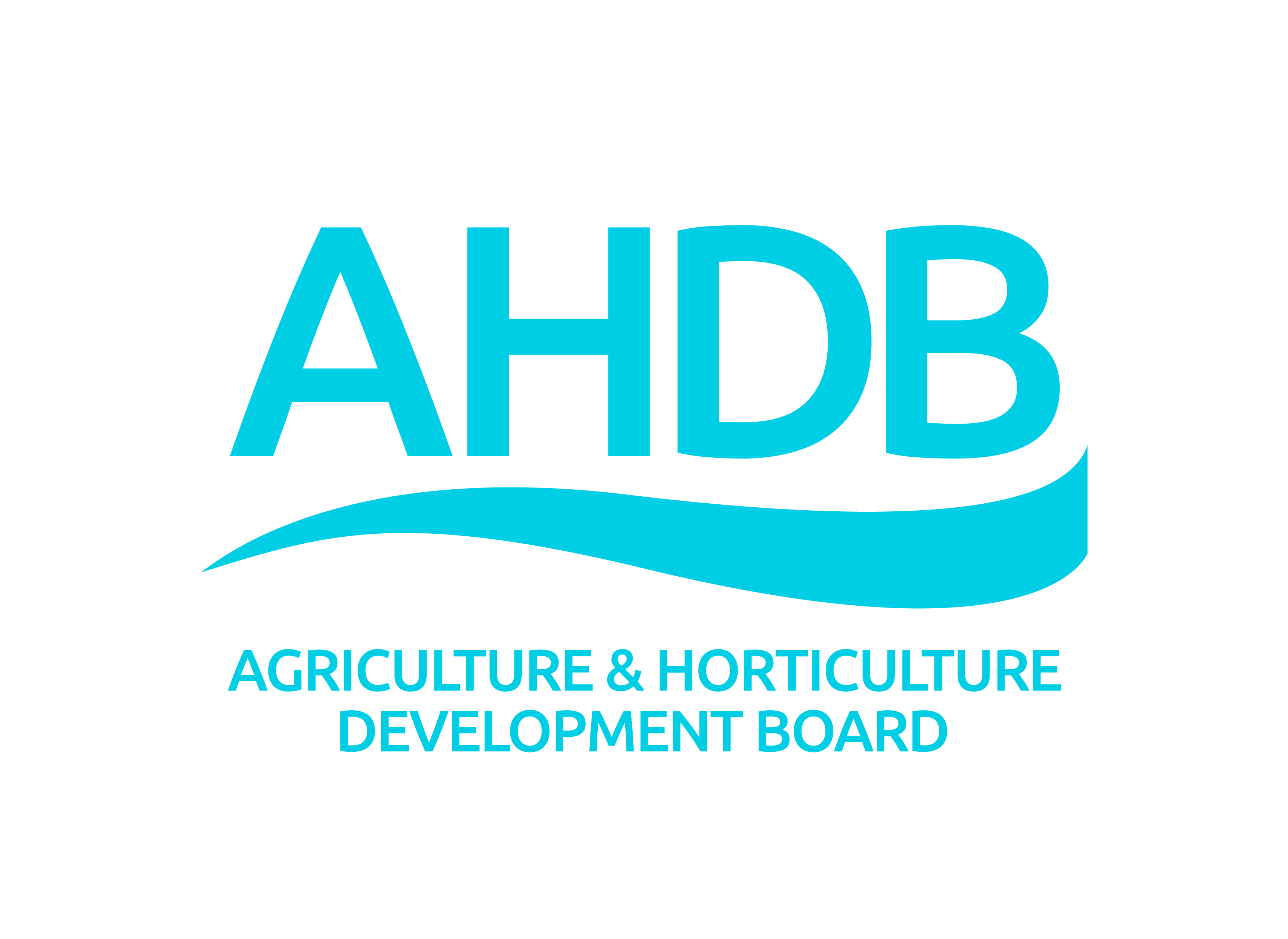



Facelift for the "Controlled Environment for Livestock" handbook
Farmers could reduce their feed and energy costs while improving growth rates, thanks to an updated handbook from the Agriculture and Horticulture Development Board (AHDB)
The Controlled Environment for Livestock handbook, which has a reputation spanning 50 years, has been given a facelift to include new and emerging technologies, providing major benefits to farmers and their livestock.
The handbook provides concise, no-nonsense guidance and addresses the fundamental principles involved in controlled environments for pigs, poultry and cattle; including air, temperature and light.
Optimising the environment in which livestock are housed helps improve the health and welfare of livestock, reduces mortality rates and provides financial savings for farmers.
Nigel Penlington, Head of Environment and Buildings at AHDB, said: “In commercial agriculture, we often just think of pigs and poultry as being associated with controlled environments. However, other animals, including cattle, can also thrive in controlled conditions at some time during their lives.”
Several updates have been made to the handbook over the years, coordinated by Andrew Kneeshaw of the Farm Energy Centre (FEC).
Mr Kneeshaw, who was also involved in the most recent update, said: “It’s so important to get the environment that animals are housed in right. It will improve the health and welfare of livestock, leading to increased growth rates and reduced mortality; this will result in a reduction in the use of antibiotics.”
Mr Penlington added: “This major update to the handbook will be of great use to farmers and building designers alike, who will be able to refer to it for all aspects of putting together controlled environments for livestock.”
The handbook can be found on the AHDB website and hard copies can be obtained by emailing [email protected].
As reported by the Agriculture & Horticulture Development Board








